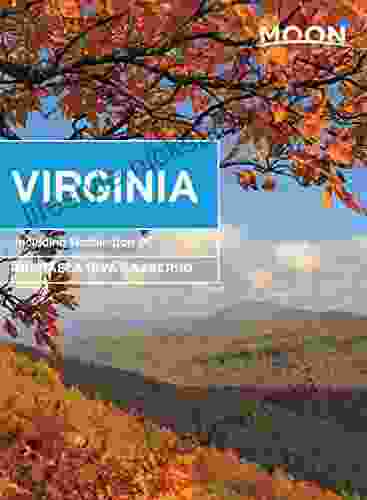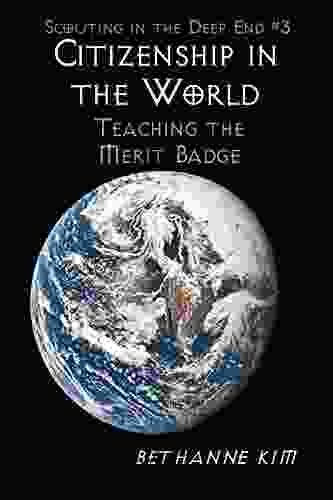The digital age has brought about profound transformations in the ways that we communicate, access information, and engage with the world around us. However, for Indigenous communities, the internet and social media have also become spaces of contention and erasure.
For centuries, Indigenous peoples have faced systemic discrimination, oppression, and the erasure of their cultures and histories. In the digital age, these challenges have taken on new forms, as technology has been used to marginalize and silence Indigenous voices.
4.7 out of 5
| Language | : | English |
| File size | : | 1989 KB |
| Text-to-Speech | : | Enabled |
| Screen Reader | : | Supported |
| Enhanced typesetting | : | Enabled |
| Word Wise | : | Enabled |
| Print length | : | 140 pages |
But in the face of adversity, Indigenous communities have also found ways to leverage the power of technology for their own benefit. Through online platforms, they are sharing their stories, reclaiming their identities, and building global networks of solidarity.
The Challenges of Digital Erasure
There are many ways in which Indigenous peoples are subject to digital erasure. One common form is the misrepresentation or exclusion of Indigenous perspectives in online content.
For example, searches for Native American history often yield results that are dominated by accounts written by non-Native authors. This can lead to a distorted view of Indigenous history, as the voices of Indigenous people themselves are often marginalized or silenced.
Another form of erasure is the suppression of Indigenous languages and cultures online. Many Indigenous languages are not supported by major search engines or social media platforms, making it difficult for Indigenous people to communicate and share their content in their own languages.
Furthermore, Indigenous cultural practices and traditions are often misappropriated or commodified in online spaces. This can lead to the devaluation of Indigenous culture and the erosion of its spiritual significance.
The Power of Indigenous Resistance
Despite the challenges of digital erasure, Indigenous communities are finding ways to resist and reclaim their presence online. One strategy is to create and share their own content, which provides a platform for them to tell their own stories and share their own perspectives.
For example, the website Native Land Digital provides an interactive map that allows users to learn about the Indigenous territories that exist within their own communities. This project helps to reclaim Indigenous place names and histories that have been erased or obscured by colonial settlement.
Another strategy is to use online platforms to build solidarity and connect with other Indigenous communities. Social media has become a vital tool for organizing protests, raising awareness about Indigenous rights, and sharing cultural knowledge.
For example, the hashtag #NoDAPL was used to organize and mobilize resistance to the Dakota Access Pipeline, which threatened to desecrate sacred Indigenous burial grounds. This hashtag helped to amplify Indigenous voices and raise awareness about the environmental and cultural impacts of the pipeline.
The Future of Indigenous Digital Resistance
The digital age presents both challenges and opportunities for Indigenous communities. While there are ongoing threats of erasure and silencing, Indigenous peoples are also using technology to reclaim their identities, build solidarity, and share their stories with the world.
As the digital landscape continues to evolve, it is essential that Indigenous communities continue to find ways to use technology for their own benefit. By creating and sharing their own content, building solidarity online, and advocating for their rights, Indigenous peoples can ensure that their voices will not be erased in the digital age.
The digital age has brought about both challenges and opportunities for Indigenous communities. While there are ongoing threats of erasure and silencing, Indigenous peoples are also using technology to reclaim their identities, build solidarity, and share their stories with the world.
As the digital landscape continues to evolve, it is essential that Indigenous communities continue to find ways to use technology for their own benefit. By creating and sharing their own content, building solidarity online, and advocating for their rights, Indigenous peoples can ensure that their voices will not be erased in the digital age.





























































































































































































































































































































































































































































































































































